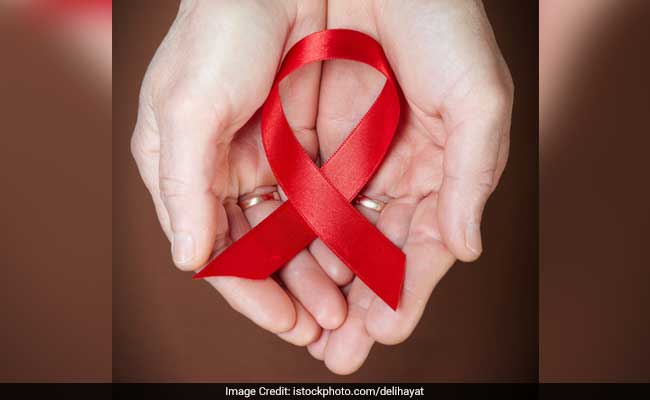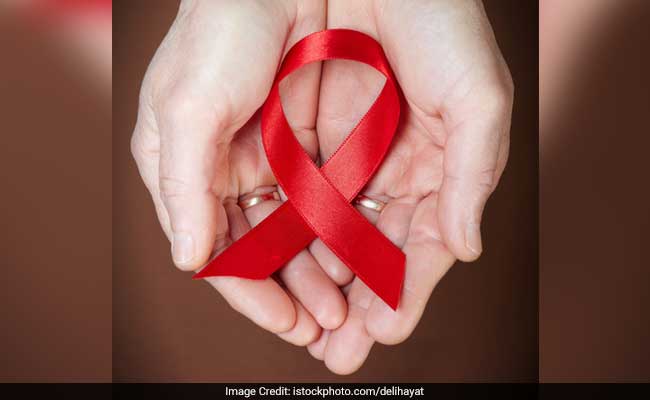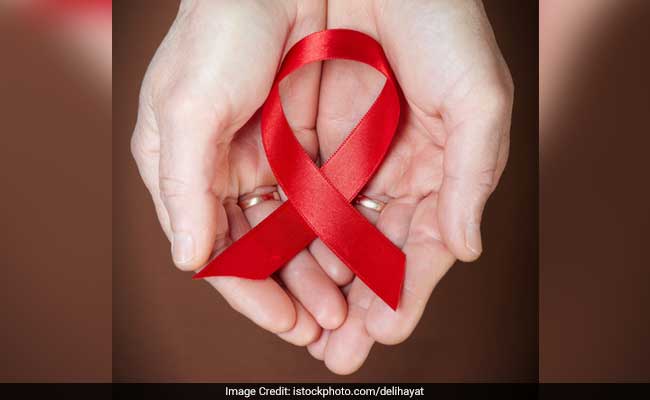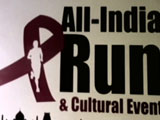Sexually Transmitted Infections dis
Sexually Transmitted Infections guide
Sexually Transmitted Infections
What is it?
STIs are infections that one gets by having sexual intercourse (vaginal, oral or anal) with someone who already has an STI. There are more than 30 different sexually transmissible bacteria, viruses and parasites. Several, in particular HIV and syphilis, can also be transmitted from mother to child during pregnancy and childbirth, and through blood products and tissue transfer.
What are the causes?
Bacteria and viruses cause STIs. Those caused by bacteria include chlamydia, gonorrhoea, trichomoniasis and syphilis. These can be treated and cured with antibiotics. STIs caused by viruses include HIV/AIDS, genital herpes, genital warts and cytomegalovirus. These STIs can be controlled but not cured.
What are the types?
HIV Infection and AIDS
AIDS (Acquired Immune Deficiency Syndrome) is a disease that weakens the body's ability to protect itself from getting sick. The virus that causes it is HIV (Human Immunodeficiency Virus), which is found mainly in blood but occurs in other body fluids such as semen, vaginal secretions and breast milk. The main sources of infection are shared needles and syringes, unsafe sex, and mother-to-child transmission during pregnancy. People with HIV infections may not have symptoms for years. When however, they develop certain infections because of their depressed immunity they are said to have AIDS. Symptoms include fever for a long duration, weight loss without a cause, extreme fatigue and prolonged diarrhoea and the symptoms associated with opportunistic infections. A blood test is usually used to detect the HIV virus. Although there is no cure for HIV infections, a combination of drug therapy, healthy diet, exercise, stress reduction and prompt treatment of opportunistic infections can delay the onset of AIDS.
Gonorrhoea
This is an infection easily transmitted by sexual contact. The causative organism can infect the throat, producing severe soreness; the urethra, causing burning, painful urination and it may also infect the anus and the rectum. Untreated gonorrhoea may lead to urinary tract infections and ultimately kidney failure. The most common initial symptom is a thick discharge from the urethra, which may be white or yellow. There may be painful urination. Gonorrhoea is often associated with the presence of other sexually transmitted diseases. Safer sex behaviour may reduce the risk. The affected person should be given adequate treatment with antibiotics. It is also important to locate and test all the other sexual contacts and treat them to prevent re-infection of the primary patient and further spread of the disease.
Syphilis
Syphilis is an infectious disease caused by the bacterium Treponema pallidum, which penetrates broken skin or mucous membranes. It can also be transmitted to the foetus via the placenta. It infects the genital area, lips, mouth, or anus of both men and women. One gets syphilis from sexual contact with someone who has it. It can also pass from mother to baby during pregnancy. Syphilis is easy to cure with antibiotics if caught early. In the initial stages, skin rashes may appear which are very infectious. If the disease is not treated, bacteria continue to invade the body and infect the internal organs, the bones, the heart and the brain. Safer sexual practices need to be adopted to curb the spread of STIs.
Chlamydia
It is one of the most common sexually transmitted diseases. The majority of genital chlamydia infections are without symptoms until complications appear. Infection with chlamydia leads to pelvic inflammatory disease, which can cause scarring of the fallopian tubes and sterility. The symptoms include burning with urination, discharge from the end of the penis, tenderness or pain in the testicles, fever and chills. Chlamydia infection is often found in conjunction with gonorrhoea. The use of condoms during sex and limiting the number of sex partners may help in reducing the risk of developing the infection. It can be treated and cured with antibiotics.
Herpes
This is an infection caused by the Herpes simplex virus type 1 (HSV-l) which is associated with infections of the lips, mouth and face. HSV-2 is associated with genital lesions and is transmitted by sexual contact. HSV-2 can be transmitted to a newborn during vaginal delivery if the mother is actively infected. Infection occurs after exposure to the virus through a break in the skin, or through mucous membranes. The virus spreads to nerve cells within the body and then to other skin surfaces. The symptoms include genital lesions, fever, vaginal discharge, sore throat and in some cases memory loss. Avoiding direct contact with an open lesion will lower the risk of infection. Safer sex behaviours including the use of condoms may further lower the risk of infection.
Genital warts
Genital warts are caused by the Human papilloma virus (HPV) which causes small growths on the skin and mucous membranes. They grow best in moist genital areas and are flesh-coloured tumours appearing singly or in clusters. In women, HPV can invade the vagina and cervix and may lead to cancerous changes in the cervix.
Symptoms include “warty” tumours on the genitals, genital sores, itching of the genital areas and increased vaginal discharge.
Topical treatments to eradicate the lesions include trichloroacetic acid and podophyllum. Sex abstinence or use of condoms should be practiced until both partners are free of the disease.
Trichomoniasis
Trichomoniasis is caused by a parasite. It affects both women and men, but symptoms are more common in women. Symptoms include a green or yellow discharge from the vagina, itching in or near the vagina and discomfort with urination. Most men with trichomoniasis don't have any symptoms, but it can cause irritation inside the penis.
Trichomoniasis can be cured with antibiotics. In men, the infection usually goes away on its own without causing symptoms. But an infected man can continue to infect or reinfect a woman until he gets treated. So it's important that both partners get treated at the same time. Correct usage of latex condoms greatly reduces, but does not eliminate, the risk of catching or spreading trichomoniasis.
What are the prevention?
- Having a mutually monogamous sexual relationship with an uninfected partner.
- Correctly and consistently using a condom greatly reduces the chance of acquiring an STI.
- Using clean needles if injecting intravenous drugs.
- Having regular check ups for STIs even in the absence of symptoms.
- Anyone diagnosed as having an STI should: Be treated to reduce the risk of transmitting an STI, especially a pregnant woman to an infant.
- Follow the full course of medicine.
- Avoid sexual activity while being treated for an STI.
-
Ensure that the partner is also diagnosed and treated.
Sexually Transmitted Infections News More News
- This Pill May Help Curb 2.7 Lakh HIV Cases In India
- How Mushrooms Can Aid In Diabetes Treatment
- HIV Vaccine Comes Closer To Reality
- Once-A-Week Pill For HIV Treatment Developed
- HIV Taught Us How To Improve Our Health Systems: Expert
- Smart Condom That Rates Your Performance In Bed Created!
- Shortage Of HIV/AIDS Kits In Blood Banks, Interesting Facts About Blood Donation
- Indian Couple Bags Top US Award For Breakthrough HIV/AIDS Research
- Scientists Come Up With A Technique For Complete Recovery From AIDS
Sexually Transmitted Infections Health Photos More Photos
Sexually Transmitted Infections Videos More Videos
................... Advertisement ...................
................... Advertisement ...................
................... Advertisement ...................
................... Advertisement ...................
































